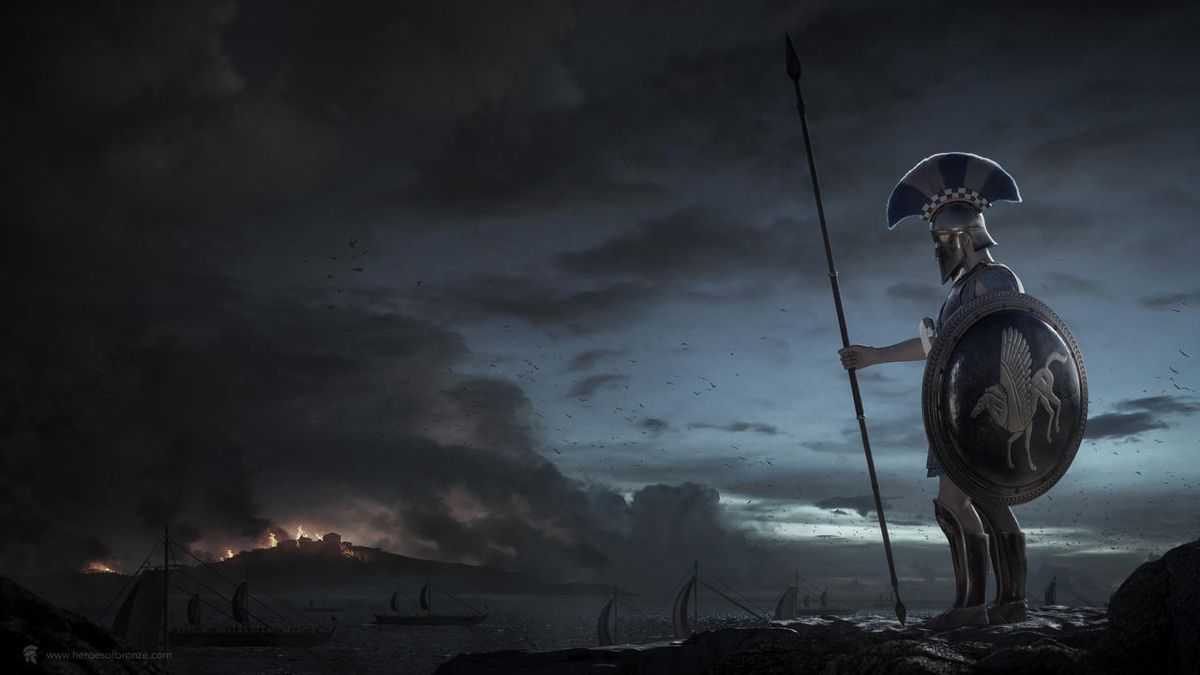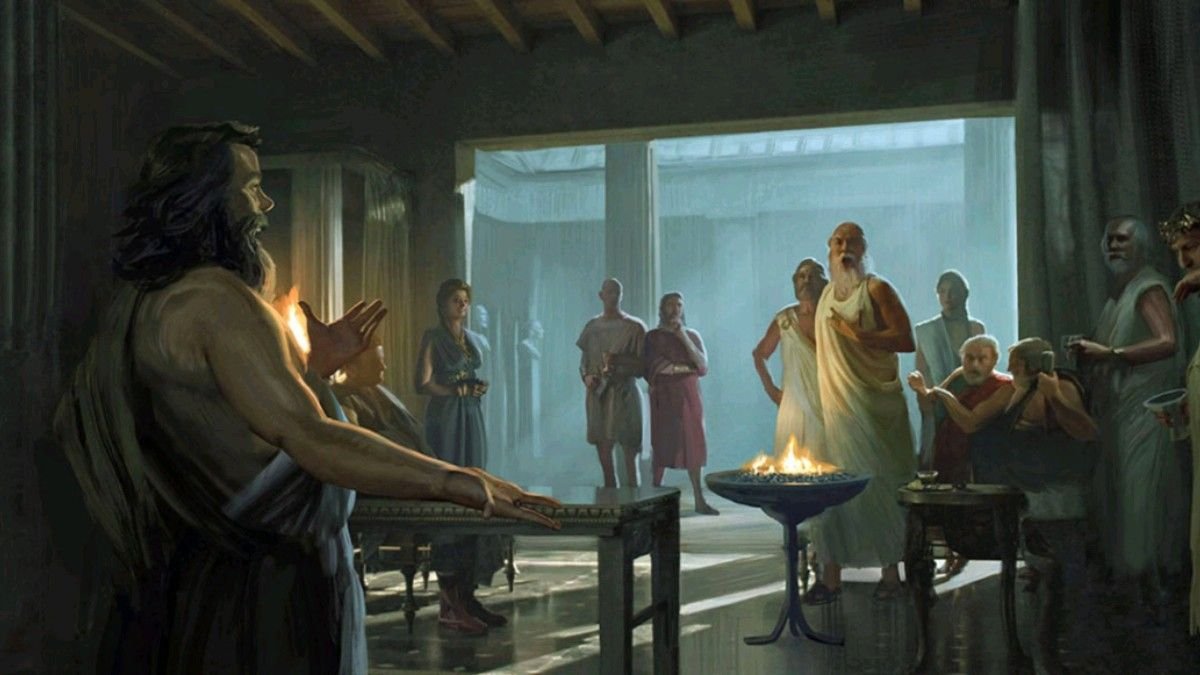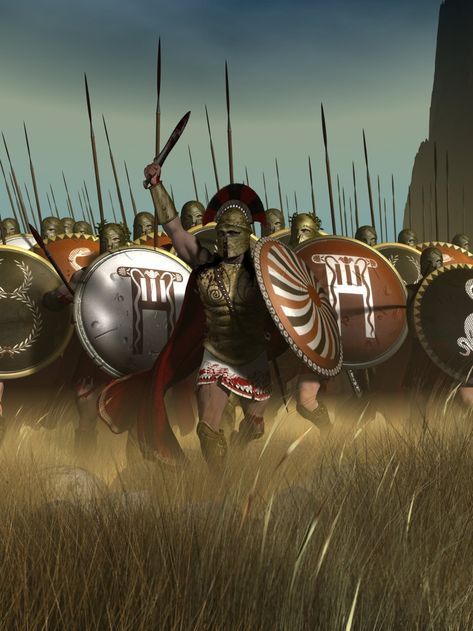The West is on the verge of societal collapse due to a tidal influx of immigrants.
Immigration has historically been a world-shaping force, fueling the growth or collapse of societies and sometimes even replacing the original populations.
Here's how and why..
Immigration has historically been a world-shaping force, fueling the growth or collapse of societies and sometimes even replacing the original populations.
Here's how and why..

Migration has shaped human history, driving progress and diversity when guided by order, but sowing chaos and displacement when left unchecked.
From ancient Greek colonies to modern American immigration, history shows that migration can cause cataclysmic changes.
From ancient Greek colonies to modern American immigration, history shows that migration can cause cataclysmic changes.
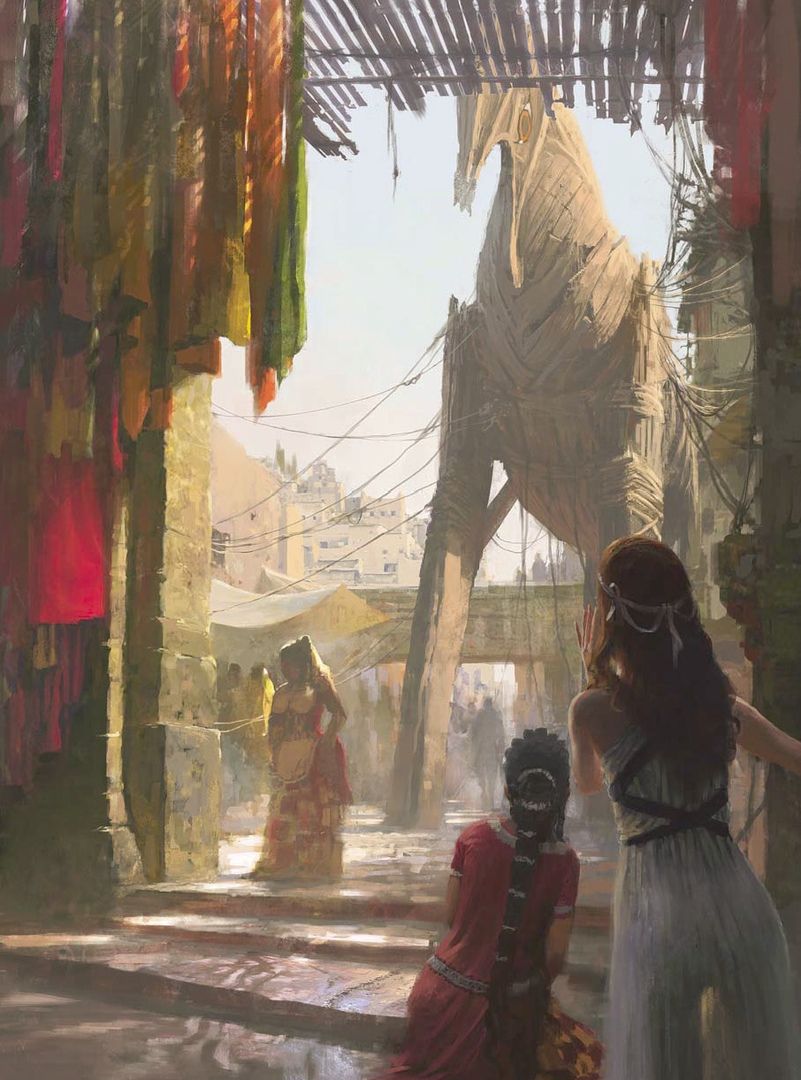
Greek city-states, strained by growing populations and scarce resources, sent settlers across the Mediterranean to places like southern Italy and modern France. These colonies, like Syracuse, became thriving hubs of trade and culture, blending Greek art, philosophy, and commerce with local traditions.
Controlled settlement brought prosperity, as Greeks shared innovations like coinage and urban planning. But where colonization was also chaotic, as in parts of Sicily, Greek settlers pushed out natives, sparking conflict. Some other times they got erased themselves.

Controlled settlement brought prosperity, as Greeks shared innovations like coinage and urban planning. But where colonization was also chaotic, as in parts of Sicily, Greek settlers pushed out natives, sparking conflict. Some other times they got erased themselves.
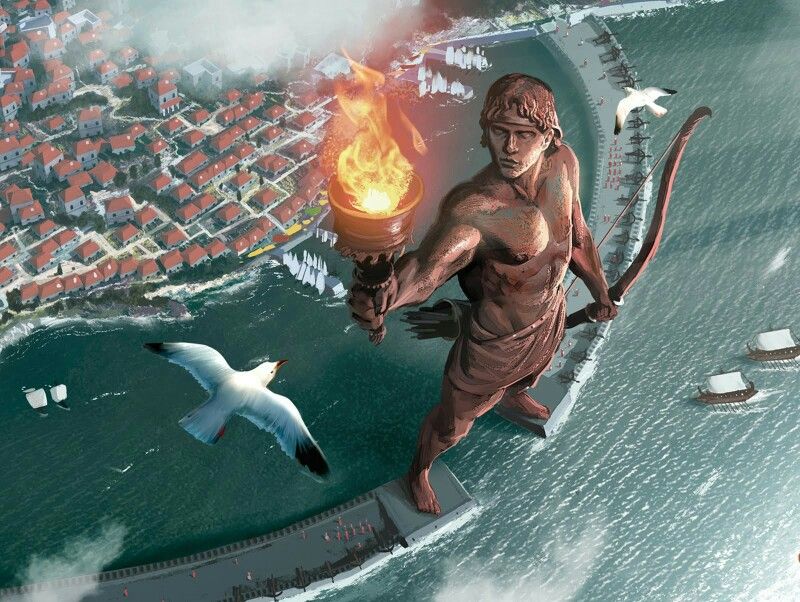
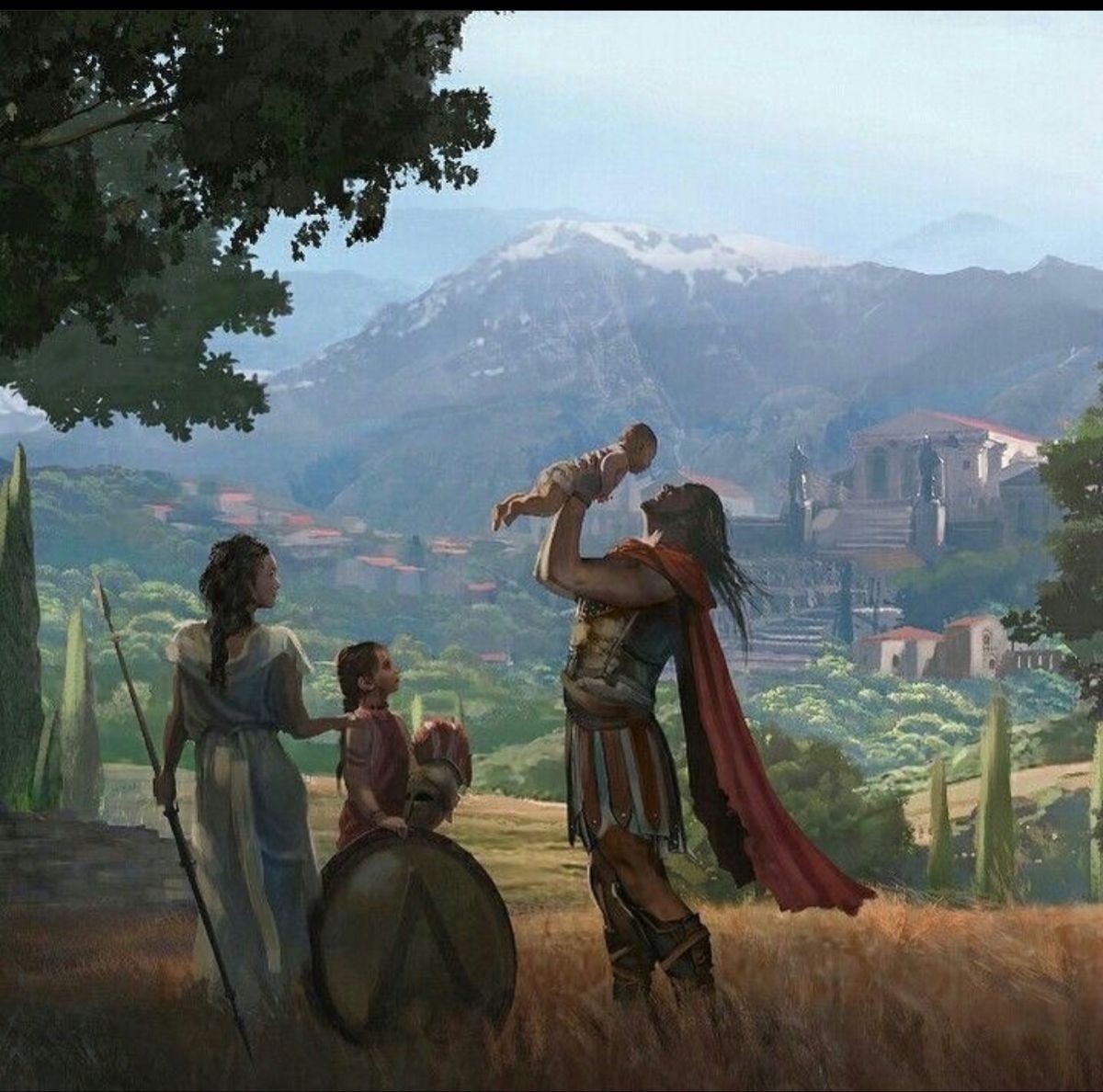
Alexander’s campaigns across Persia, Egypt, Mesopotamia, and India were not just military conquests but massive migrations of Greek soldiers, administrators, and settlers.
He founded over 70 cities, many named Alexandria, encouraging Greek settlers to establish colonies in regions from Egypt to Central Asia. This deliberate migration aimed to spread Greek culture, language, and governance—known as Hellenization.

He founded over 70 cities, many named Alexandria, encouraging Greek settlers to establish colonies in regions from Egypt to Central Asia. This deliberate migration aimed to spread Greek culture, language, and governance—known as Hellenization.
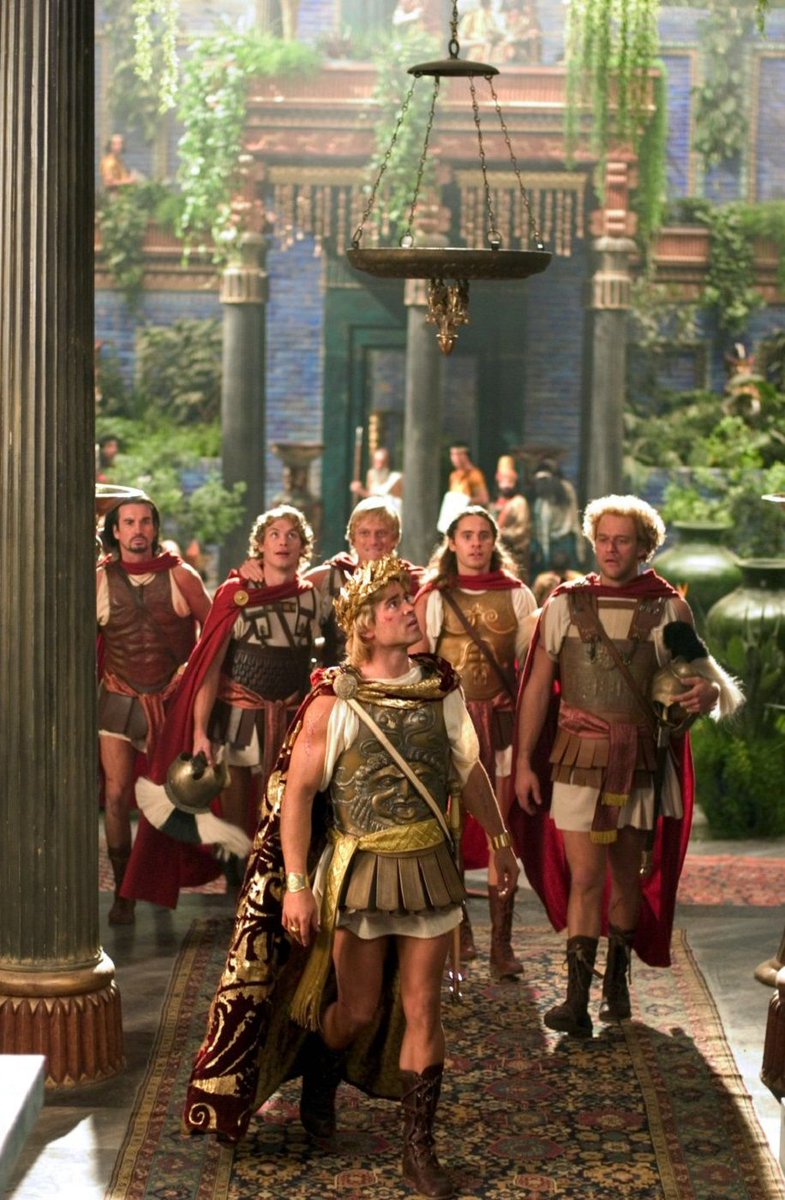

Alexander’s controlled migration transformed the ancient world. His new cities, like Alexandria in Egypt, became centers of trade, learning, and cultural fusion, blending Greek philosophy, art, and governance with local traditions.
He promoted intermarriage between Greeks and locals (e.g., his own marriage to Roxana) and trained local elites in Greek ways, creating a cosmopolitan Hellenistic world.
This structured integration boosted economies and spread innovations like the Greek alphabet and urban planning, laying the foundation for thriving societies that lasted centuries.

He promoted intermarriage between Greeks and locals (e.g., his own marriage to Roxana) and trained local elites in Greek ways, creating a cosmopolitan Hellenistic world.
This structured integration boosted economies and spread innovations like the Greek alphabet and urban planning, laying the foundation for thriving societies that lasted centuries.

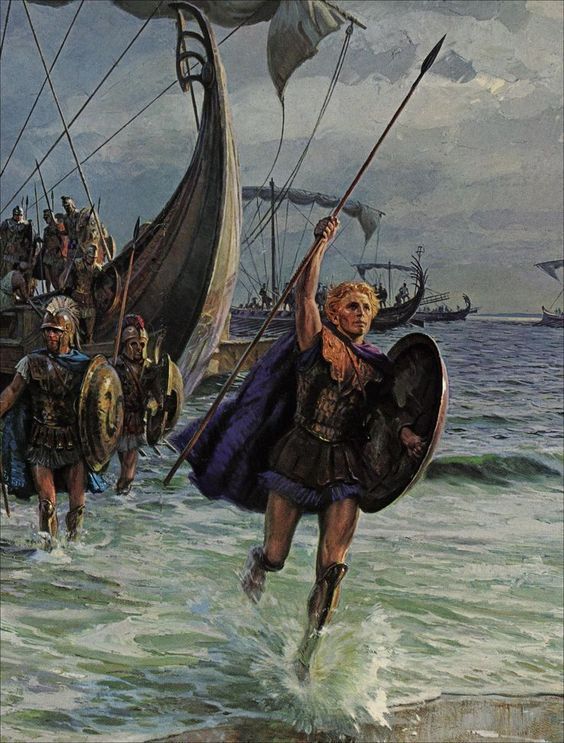
But migrations have not always been so nice and “tidy”; the Celtic Migrations (5th–1st Century BC) are a prime example of chaos.
Celtic tribes spread from Central Europe to Gaul, Britain, and even Anatolia, driven by trade and warfare. Their aggressive migrations, like those in northern Italy, displaced Etruscans and others, fueling conflict; they invaded the Balkans and even Greece herself, clashing extremely hard with the Greeks.
They managed to displace and replace anyone who could not fight back, until Roman conquest absorbed the Celts themselves. Not very good for the displaced.

Celtic tribes spread from Central Europe to Gaul, Britain, and even Anatolia, driven by trade and warfare. Their aggressive migrations, like those in northern Italy, displaced Etruscans and others, fueling conflict; they invaded the Balkans and even Greece herself, clashing extremely hard with the Greeks.
They managed to displace and replace anyone who could not fight back, until Roman conquest absorbed the Celts themselves. Not very good for the displaced.

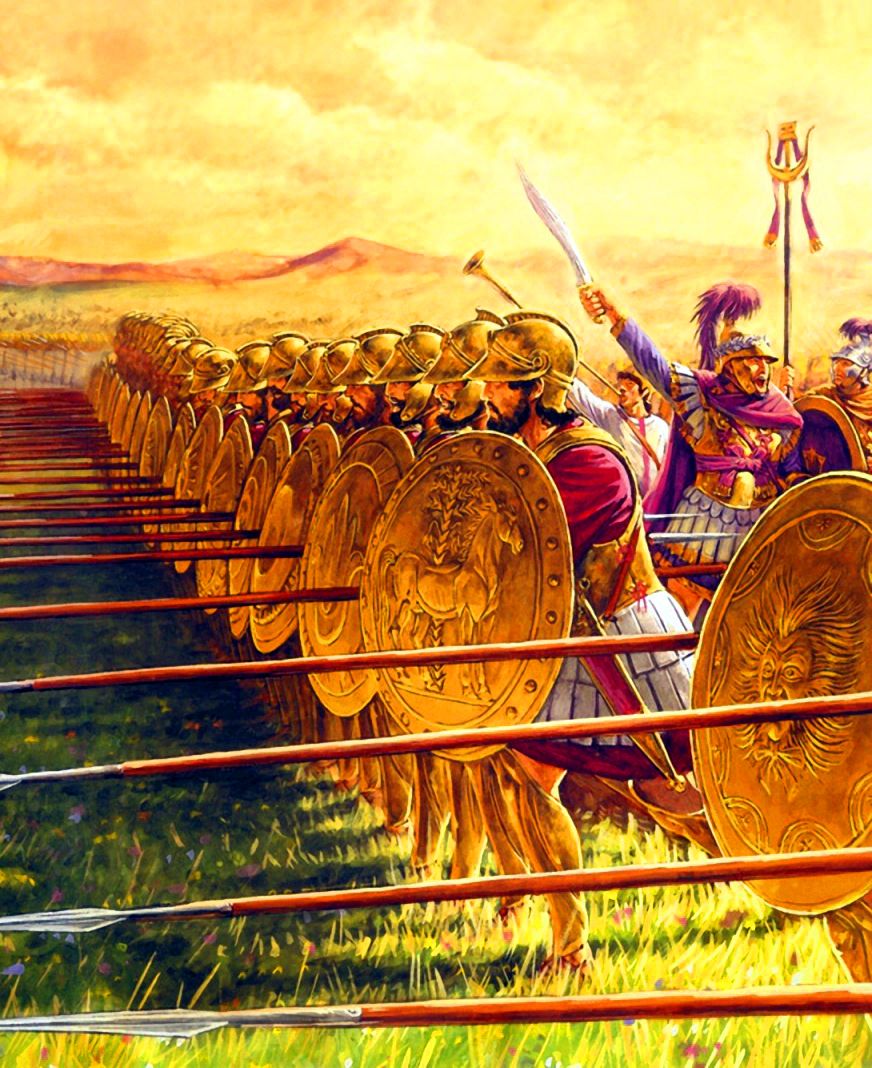
Slavic migrations also came in with very mixed and chaotic results; The Slavic Migrations (6th–9th Century AD) was about Slavic populations moving from Eastern Europe into the Balkans, Central Europe, and Russia, filling gaps left by a fading Roman Empire.
In places like Kievan Rus, their steady settlement brought agriculture and new states, blending with locals to form vibrant societies. But in the Balkans, rapid Slavic influxes disrupted Byzantine control and Greek culture, absorbing or totally displacing Greek, Illyrian and Thracian populations.
The Byzantines managed to live with them, after their religious assimilation. Controlled Slavic migration rebuilt regions; uncontrolled waves reshaped them, often at the cost of local heritage.

In places like Kievan Rus, their steady settlement brought agriculture and new states, blending with locals to form vibrant societies. But in the Balkans, rapid Slavic influxes disrupted Byzantine control and Greek culture, absorbing or totally displacing Greek, Illyrian and Thracian populations.
The Byzantines managed to live with them, after their religious assimilation. Controlled Slavic migration rebuilt regions; uncontrolled waves reshaped them, often at the cost of local heritage.
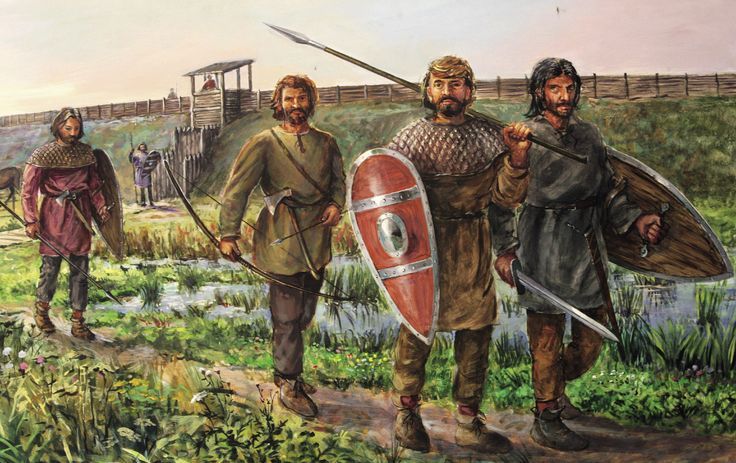
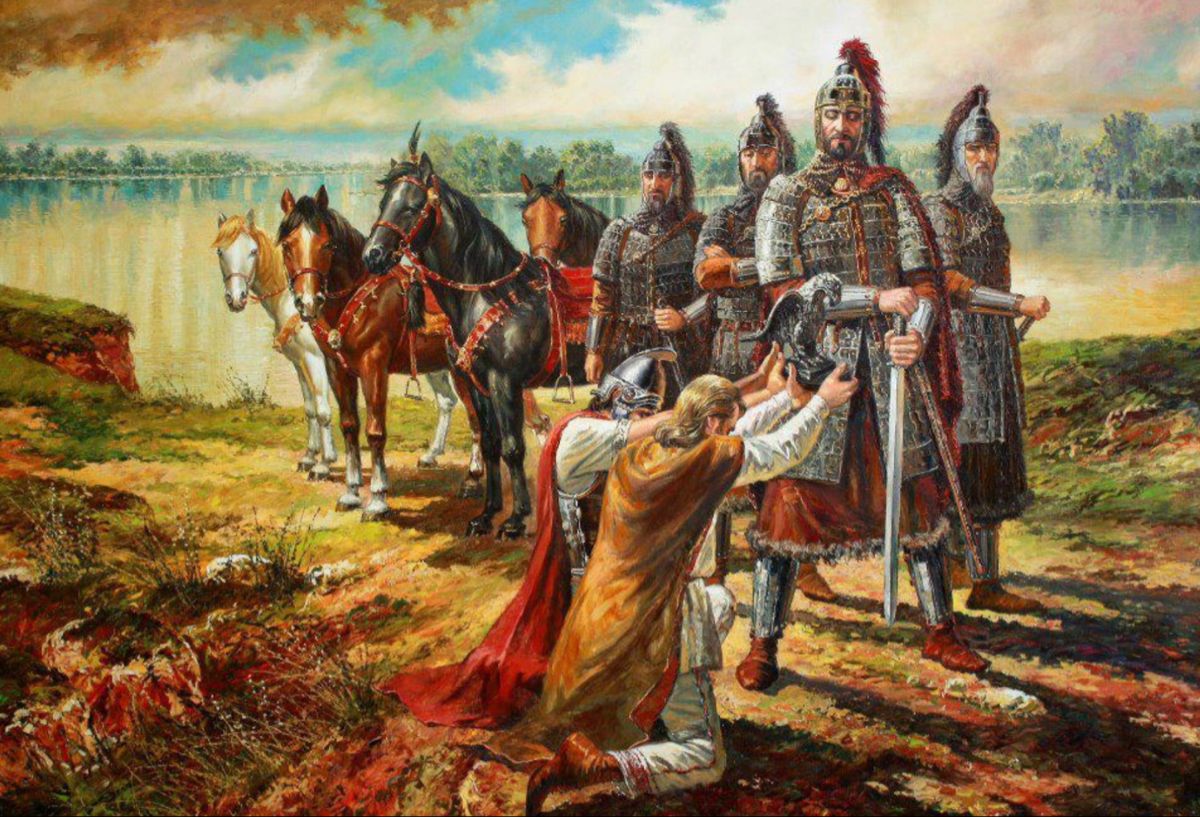
But we also have the examples of Islamic expansion and migrations (in the form of conquest most often). I will refrain from carpet-bombing its impact on local societies as there are some bright examples.
After Islam’s rise, Arab tribes swept from Arabia across the Middle East, North Africa, and into Spain, fueled by faith and conquest. Where they governed wisely, as in the Abbasid Caliphate, Arab migration created a golden age of science, trade, and culture, with cities like Baghdad becoming global centers of learning (usually fueled by Persian, Greek and Indian knowledge though).

After Islam’s rise, Arab tribes swept from Arabia across the Middle East, North Africa, and into Spain, fueled by faith and conquest. Where they governed wisely, as in the Abbasid Caliphate, Arab migration created a golden age of science, trade, and culture, with cities like Baghdad becoming global centers of learning (usually fueled by Persian, Greek and Indian knowledge though).
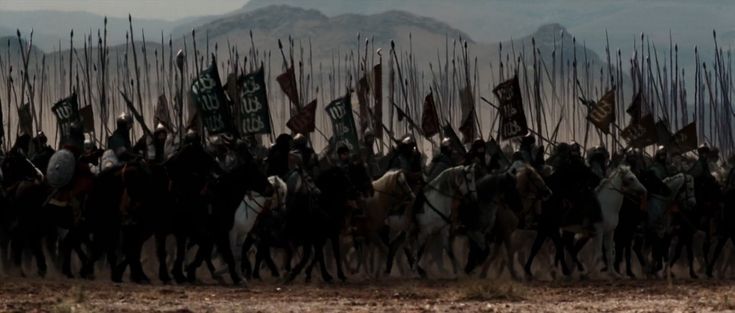
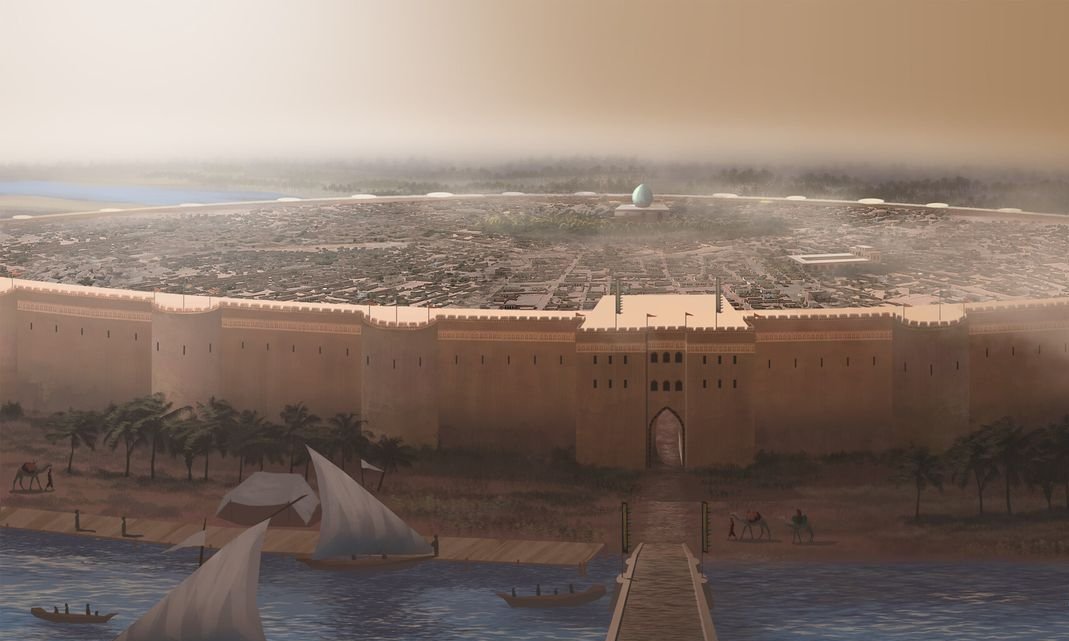
Arab armies swept across North Africa, the Middle East, and Spain, bringing settlers and Islam. In North Africa, Arab tribes transformed the region, but at a cost.
Berber populations, once Christian or animist, faced heavy taxes on non-Muslims, pushing many to convert. Over generations, Arab settlement and intermarriage diluted Berber languages and traditions, nearly erasing indigenous Christian communities by the 10th century.
Berber populations, once Christian or animist, faced heavy taxes on non-Muslims, pushing many to convert. Over generations, Arab settlement and intermarriage diluted Berber languages and traditions, nearly erasing indigenous Christian communities by the 10th century.

In Spain, the Umayyad conquest of 711 AD established Al-Andalus, where Christian Visigoths were marginalized.
Legal disadvantages and cultural pressures led many to adopt Arabic ways, shrinking Christian and Jewish communities and reshaping Iberia’s identity until the Reconquista reversed the tide.
Legal disadvantages and cultural pressures led many to adopt Arabic ways, shrinking Christian and Jewish communities and reshaping Iberia’s identity until the Reconquista reversed the tide.

In India, from the 12th to 16th centuries, Muslim invasions by the Ghaznavids and Delhi Sultanate brought Turkic and Persian settlers. Temple destruction and economic coercion in places like Punjab reduced Hindu and Buddhist influence, replacing local practices with Islamic ones.
While controlled Islamic governance, as in the Abbasid era, fostered a golden age of science and trade, these unchecked migrations often overwhelmed and supplanted local cultures.
While controlled Islamic governance, as in the Abbasid era, fostered a golden age of science and trade, these unchecked migrations often overwhelmed and supplanted local cultures.
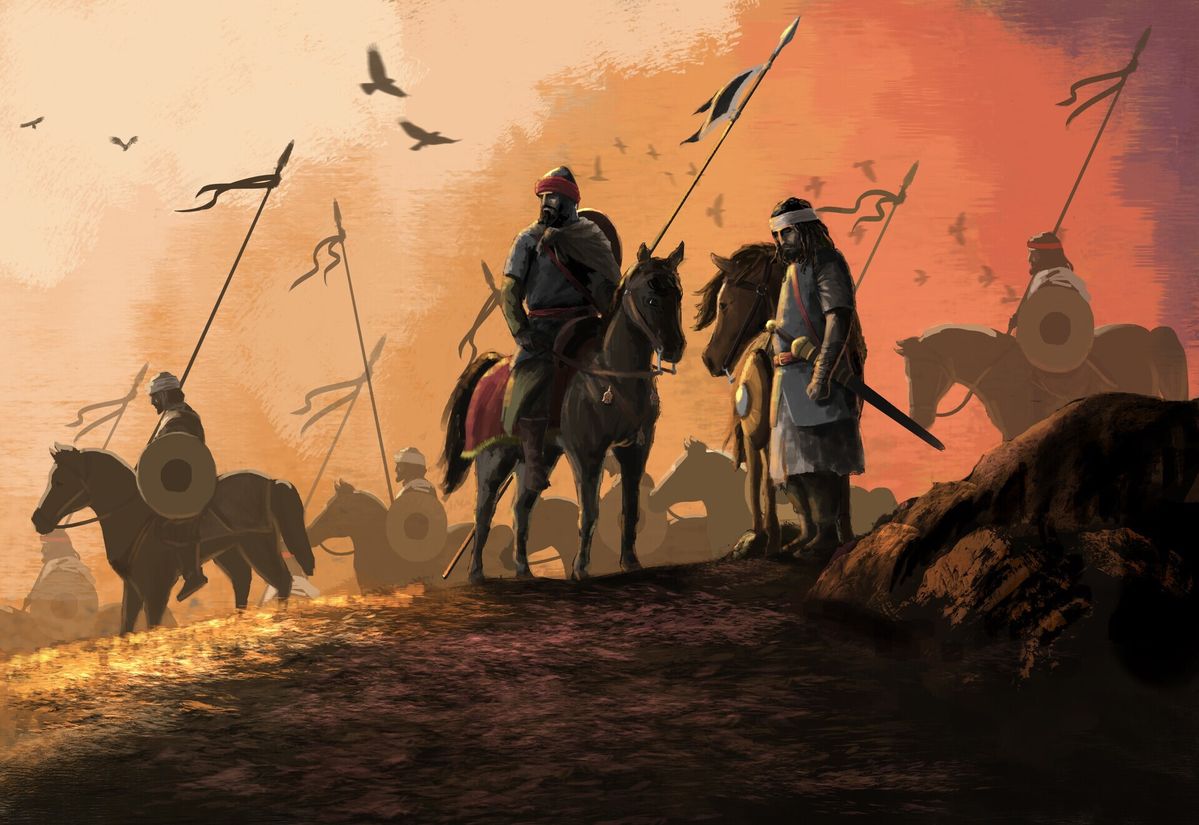
The Ottoman Empire, from the 14th to 19th centuries, took forced migration to a ruthless extreme to erase resistant identities. Their sürgün policy forcibly relocated entire communities to break their cohesion.
After conquering Constantinople in 1453, the Ottomans deported Christian Greeks and Armenians to remote Anatolia, resettling Muslim Turks in their place.
After conquering Constantinople in 1453, the Ottomans deported Christian Greeks and Armenians to remote Anatolia, resettling Muslim Turks in their place.
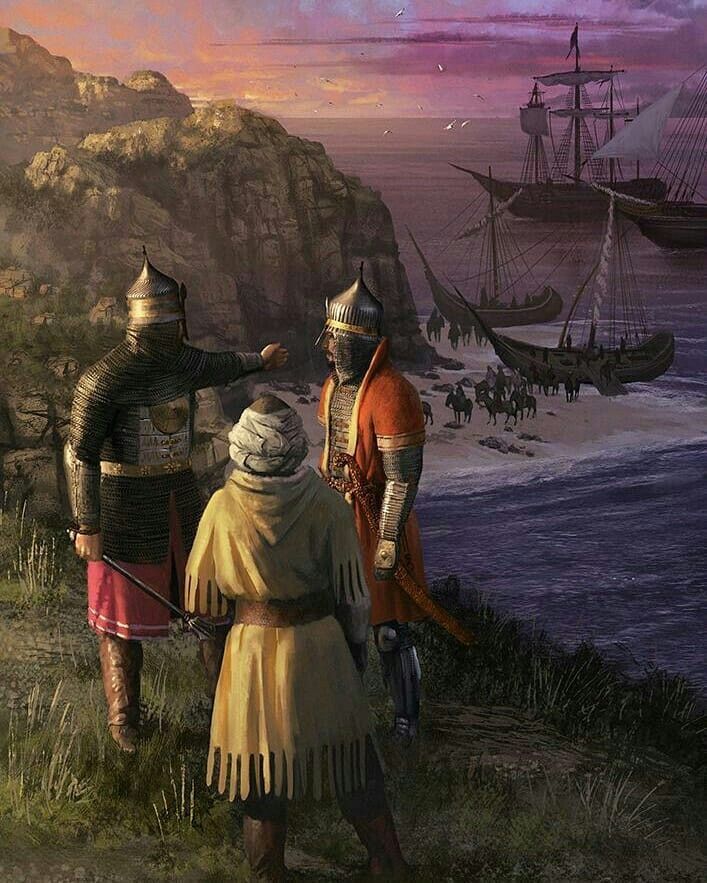
This scattered Christian communities, pressuring them to assimilate and erasing their cultural strongholds over time. In the Balkans, rebellious Christian populations were moved to Anatolia, replaced by loyal Muslims, almost altering Greek regions like the Peloponnese and Cyprus.
The devshirme system was even more insidious, forcibly taking Christian boys from Balkan villages, converting them to Islam, and training them as Janissaries or administrators. By the 16th century, these boys, stripped of their roots, served the empire, weakening Christian communities in Serbia and Bulgaria and replacing their heritage with Ottoman loyalty.
These deliberate tactics—deportation, replacement, and forced assimilation—devastated local identities, showing how migration, when weaponized, can erase entire cultures.

The devshirme system was even more insidious, forcibly taking Christian boys from Balkan villages, converting them to Islam, and training them as Janissaries or administrators. By the 16th century, these boys, stripped of their roots, served the empire, weakening Christian communities in Serbia and Bulgaria and replacing their heritage with Ottoman loyalty.
These deliberate tactics—deportation, replacement, and forced assimilation—devastated local identities, showing how migration, when weaponized, can erase entire cultures.
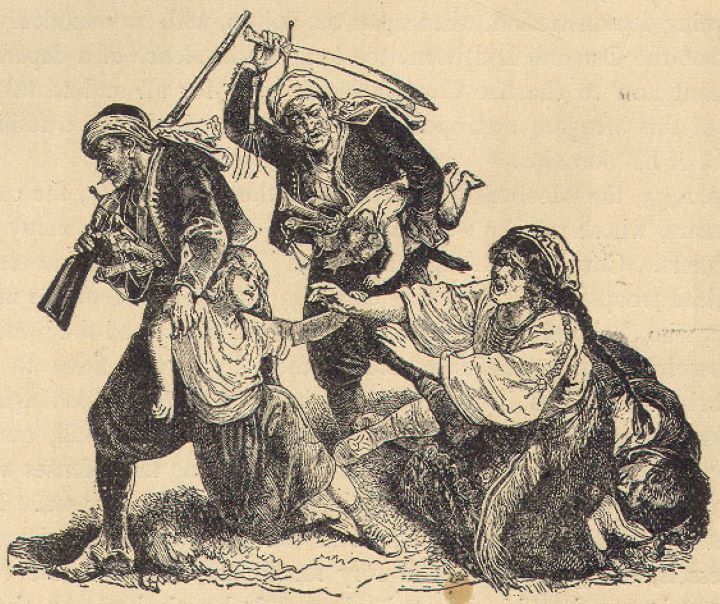
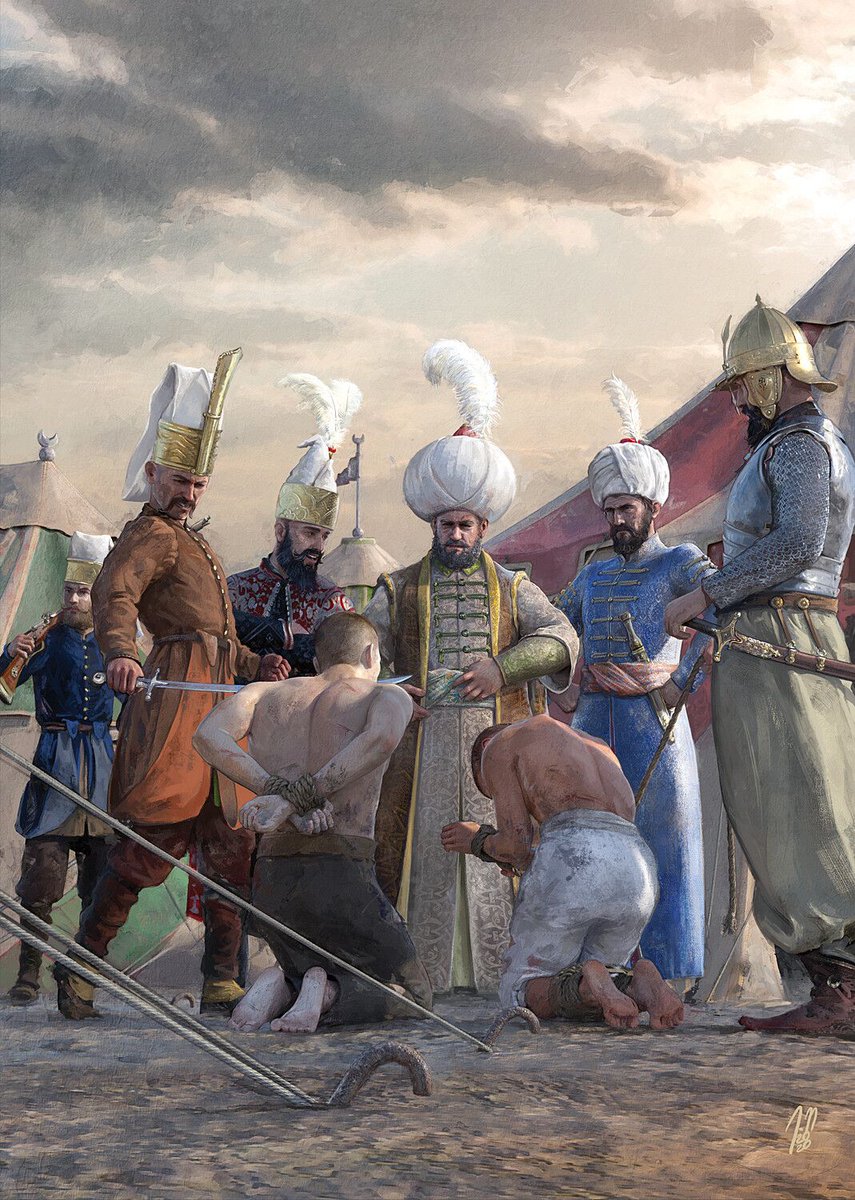
European immigration to the Americas from the 16th to 19th centuries reshaped the New World, forging powerful nations while often erasing indigenous populations. When controlled, these migrations fueled economic growth and cultural diversity, creating societies that became global beacons.
When unchecked, they unleashed devastation, replacing native cultures with catastrophic consequences. The story of American immigration underscores the fine line between migration as a force for progress and a tool of destruction.
When unchecked, they unleashed devastation, replacing native cultures with catastrophic consequences. The story of American immigration underscores the fine line between migration as a force for progress and a tool of destruction.
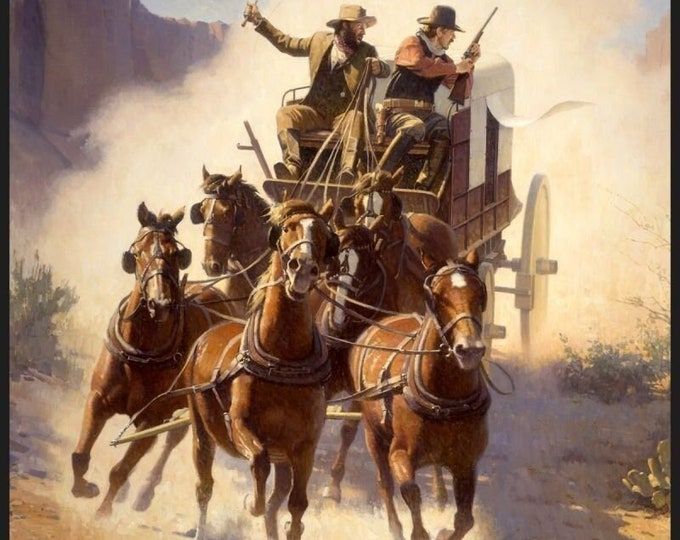
In the 16th century, Spanish, English, and French explorers and settlers crossed the Atlantic, driven by dreams of wealth, religious freedom, and new beginnings.
Early colonial efforts, like the Spanish missions in Florida or the English settlement at Jamestown, were often controlled, with structured plans for governance and trade. These efforts laid the foundation for prosperous societies.
Early colonial efforts, like the Spanish missions in Florida or the English settlement at Jamestown, were often controlled, with structured plans for governance and trade. These efforts laid the foundation for prosperous societies.
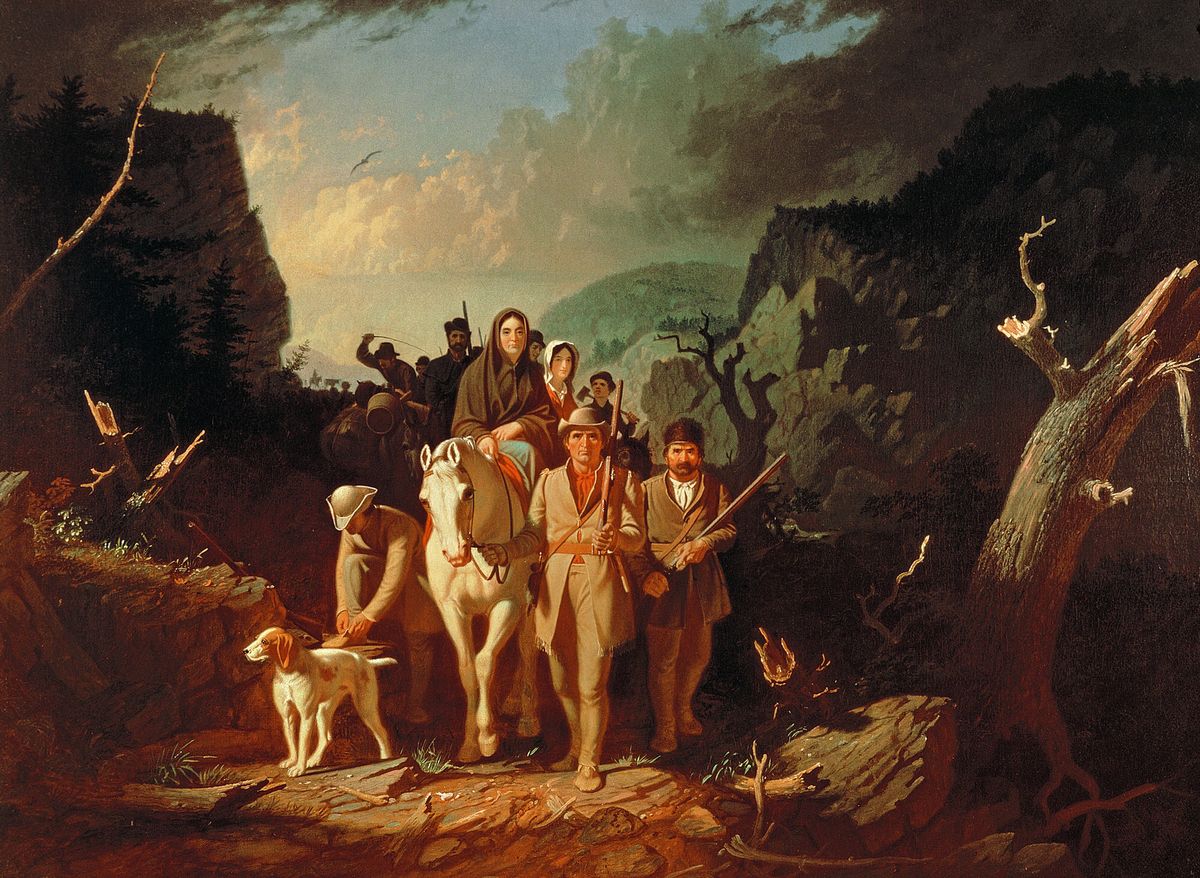
By the 19th century, the United States implemented immigration policies, such as quotas and land grants, to manage waves of European settlers—Irish, Germans, Greeks, Italians, and others. These newcomers brought skills, from farming to industry, driving economic booms and enriching cultural diversity.
Cities like New York became melting pots, blending traditions into a dynamic American identity. Controlled immigration built infrastructure, fueled innovation, and turned the United States into an economic powerhouse, proving migration’s potential to strengthen societies when guided by order.
But they key difference here is that these were primarily European populations; nationally different but religiously and culturally compatible.

Cities like New York became melting pots, blending traditions into a dynamic American identity. Controlled immigration built infrastructure, fueled innovation, and turned the United States into an economic powerhouse, proving migration’s potential to strengthen societies when guided by order.
But they key difference here is that these were primarily European populations; nationally different but religiously and culturally compatible.
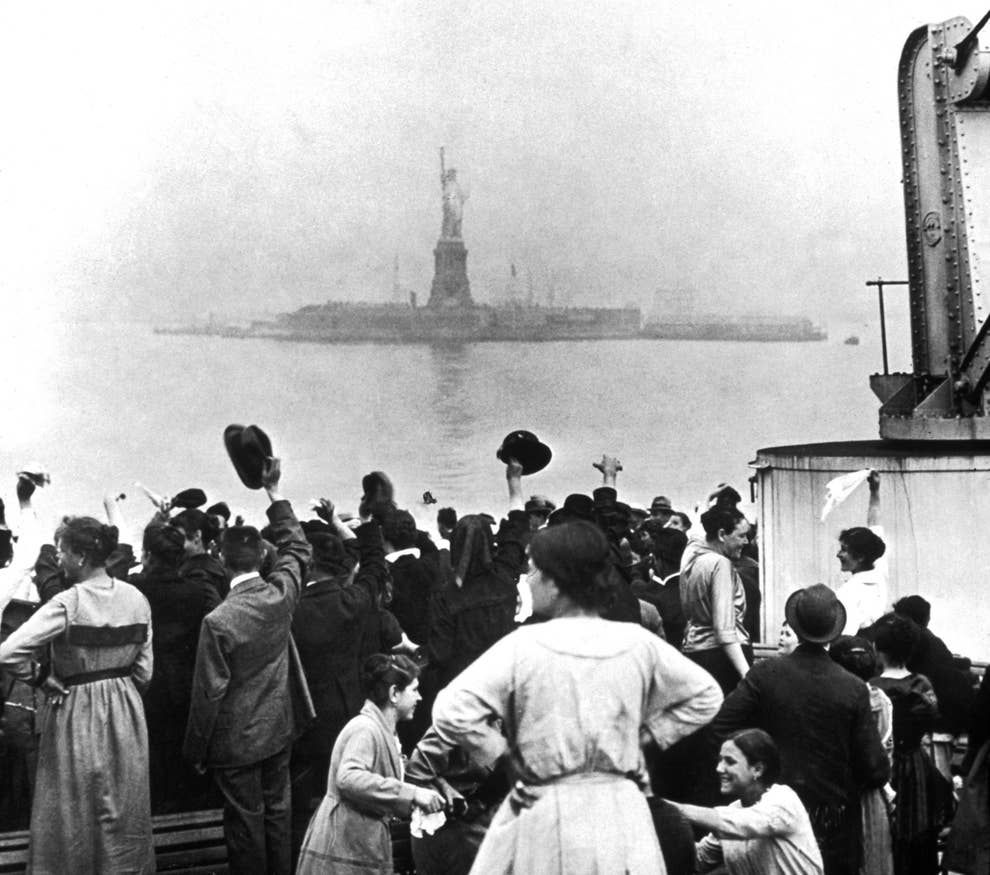
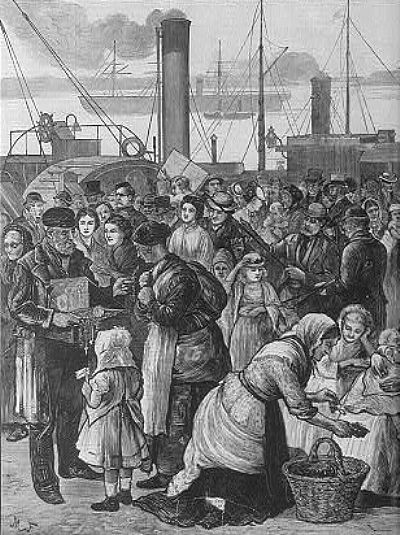
Meawhile, we all know what these migrations did to the indigenous populations of America. . From the 16th century, European settlers arrived with little oversight, carrying diseases like smallpox that decimated native communities. In North America, indigenous populations plummeted by up to 90% within a century, with tribes like the Taino in the Caribbean nearly wiped out.
Spanish conquests in Mexico and Peru, driven by greed for gold, destroyed Aztec and Inca civilizations, replacing their cultures with Catholic and European traditions. English settlers in North America, often unchecked by colonial authorities, encroached on native lands, sparking conflicts like the Pequot War of 1637, which obliterated entire tribes.
By the 19th century, policies like the Trail of Tears forcibly removed Cherokee and other tribes, resettling them far from their homelands to make way for unchecked European expansion. These uncontrolled migrations didn’t just displace natives—they erased languages, religions, and ways of life, replacing them with a new demographic order.


Spanish conquests in Mexico and Peru, driven by greed for gold, destroyed Aztec and Inca civilizations, replacing their cultures with Catholic and European traditions. English settlers in North America, often unchecked by colonial authorities, encroached on native lands, sparking conflicts like the Pequot War of 1637, which obliterated entire tribes.
By the 19th century, policies like the Trail of Tears forcibly removed Cherokee and other tribes, resettling them far from their homelands to make way for unchecked European expansion. These uncontrolled migrations didn’t just displace natives—they erased languages, religions, and ways of life, replacing them with a new demographic order.
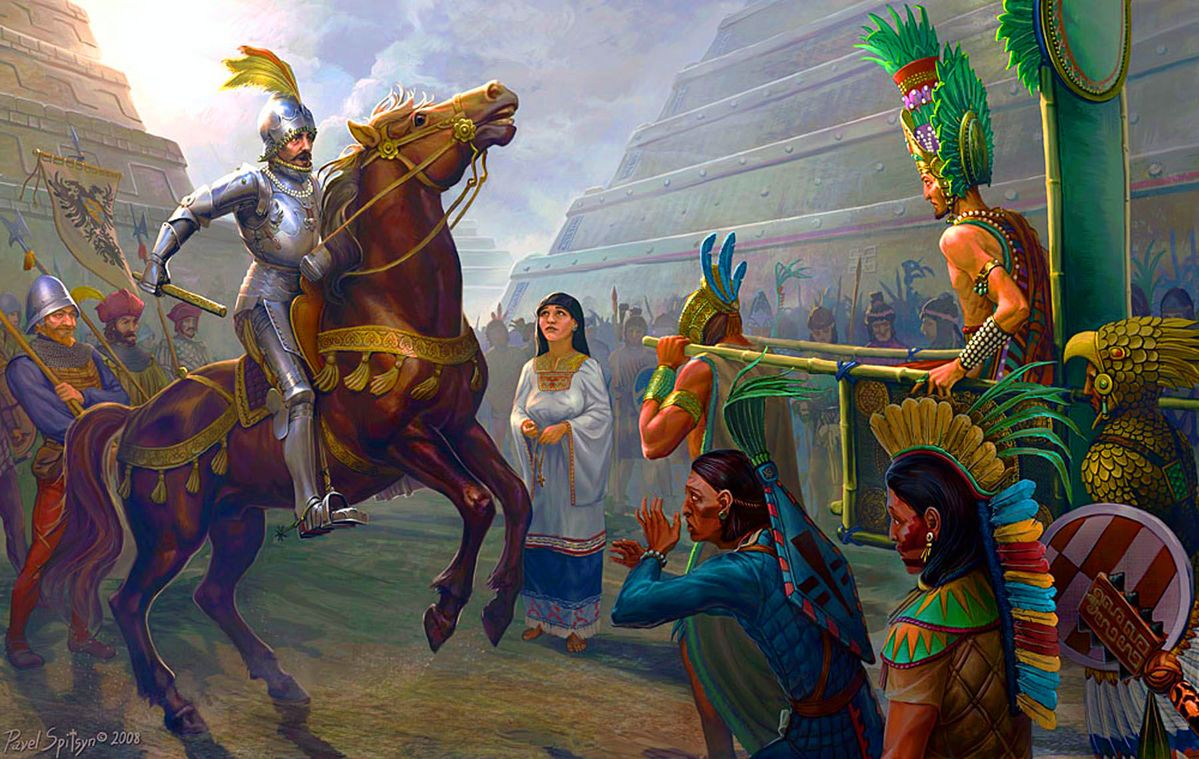
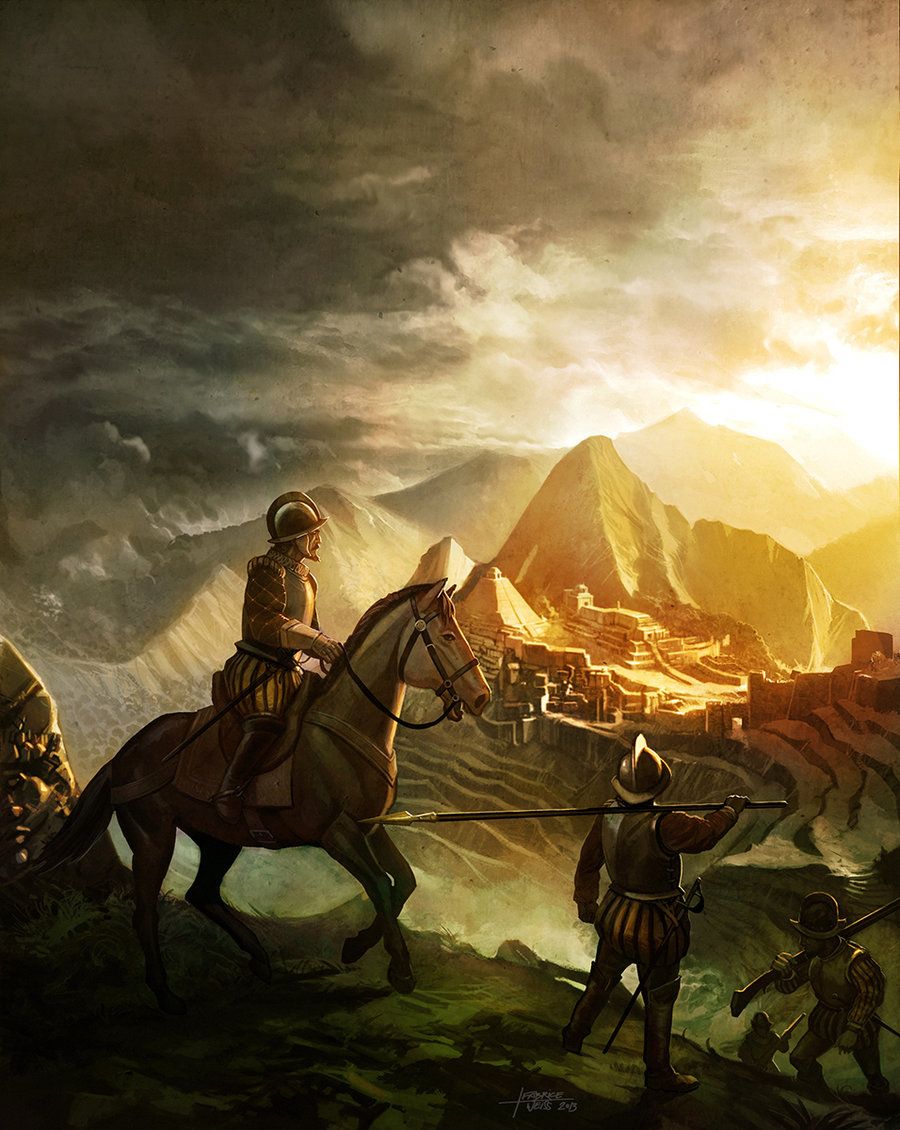
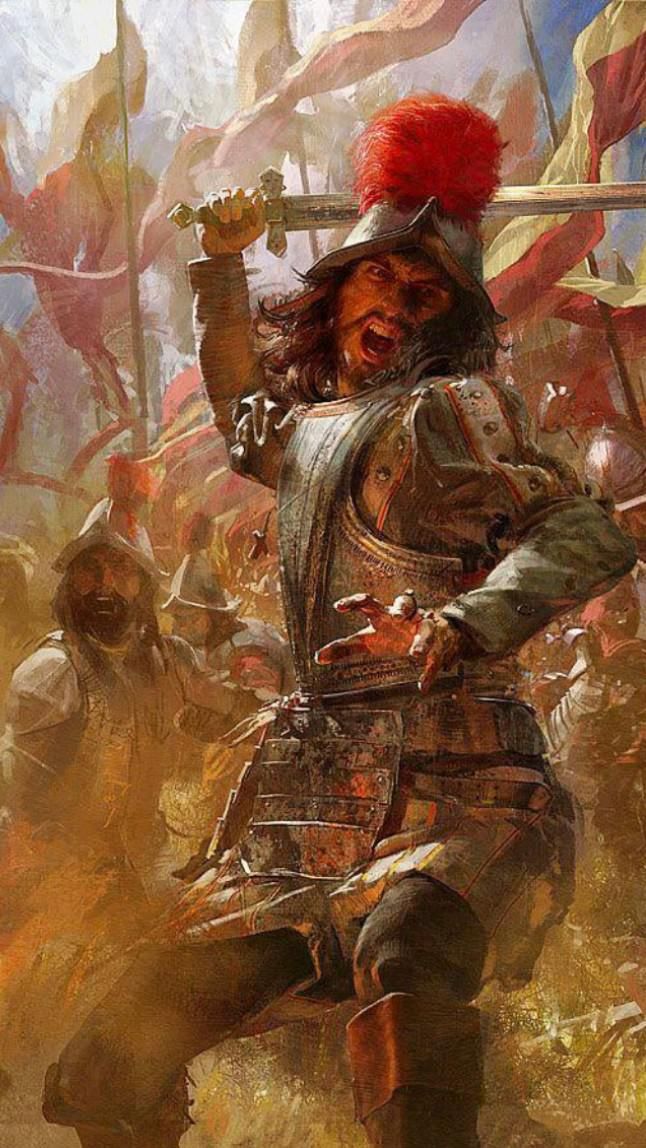
.But you might make the point (rightly so) that these were conquests; either organized armies or mass populations imposing their will militarily unto another group of people.
Well, i have a more "subtle" example. In case you wonder about examples where evolved societies allowed uncontrolled and migration so they can “use” the labor, I got a prime one for you.
The Western Roman Empire’s fall by 476 AD is a prime example of a society undone by uncontrolled migration. Facing internal decline, economic strain, and military overextension, Rome allowed large-scale immigration of Germanic tribes like the Visigoths and Vandals, initially as allies or laborers

Well, i have a more "subtle" example. In case you wonder about examples where evolved societies allowed uncontrolled and migration so they can “use” the labor, I got a prime one for you.
The Western Roman Empire’s fall by 476 AD is a prime example of a society undone by uncontrolled migration. Facing internal decline, economic strain, and military overextension, Rome allowed large-scale immigration of Germanic tribes like the Visigoths and Vandals, initially as allies or laborers
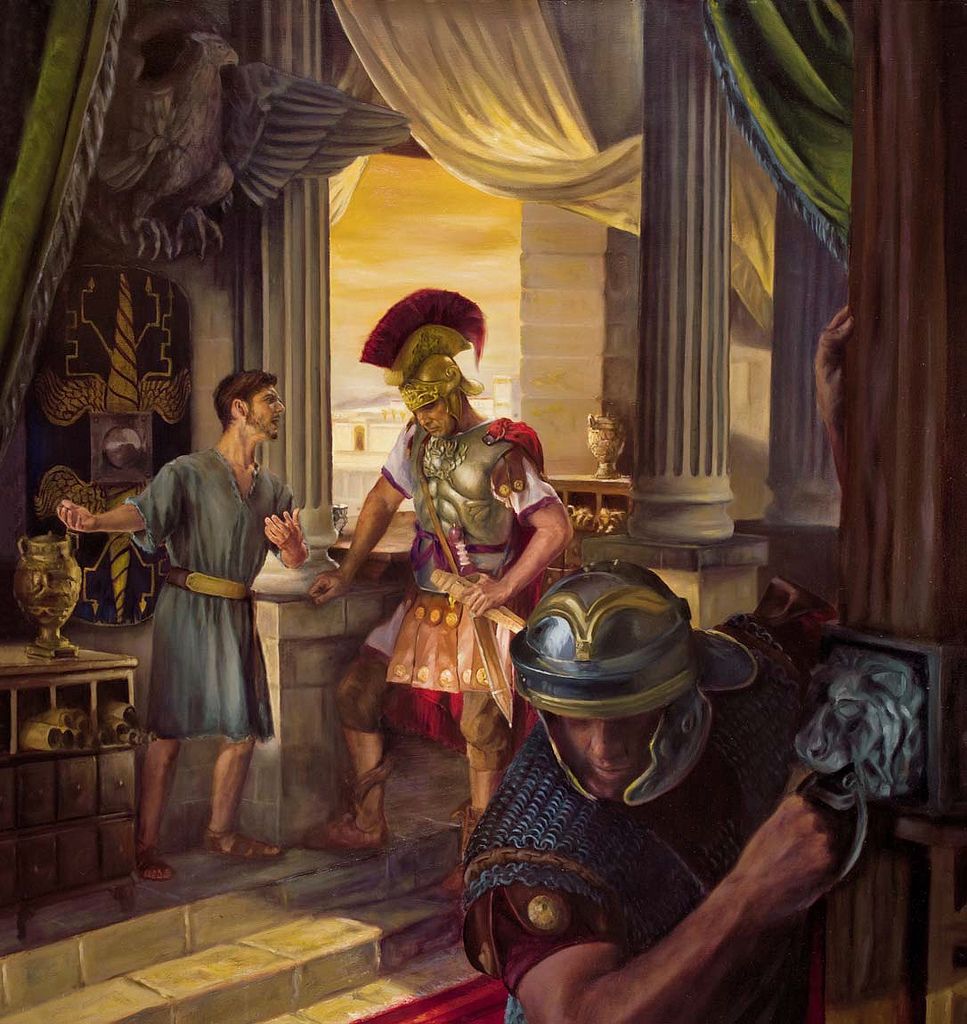
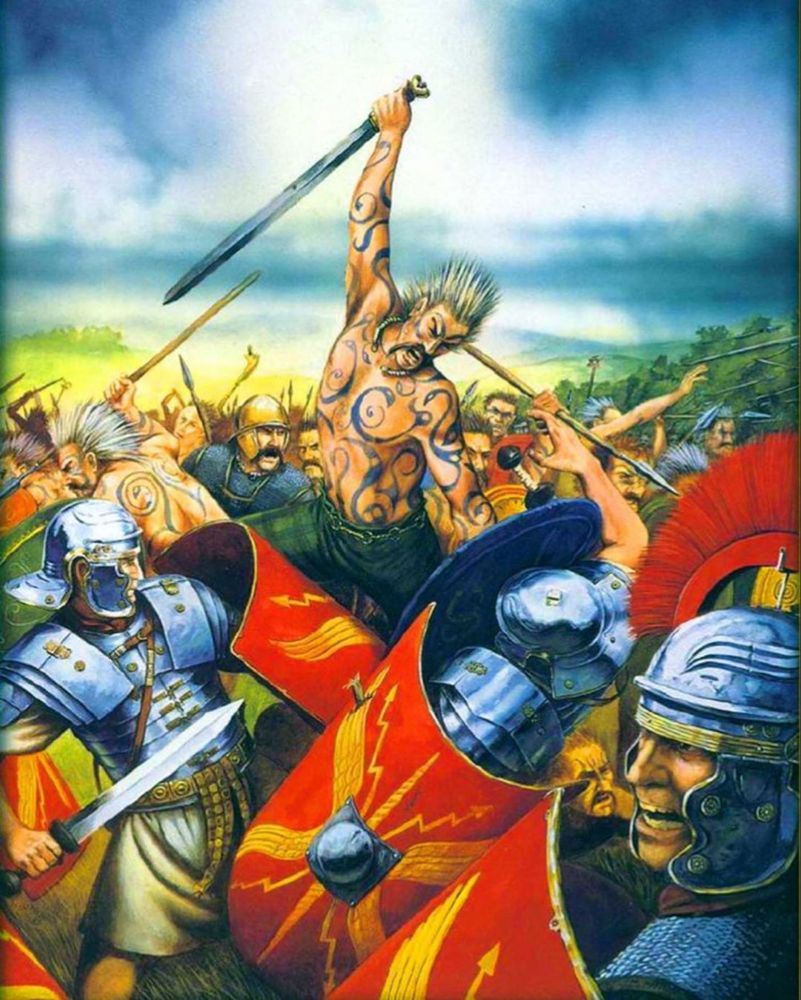
In the 4th century, Rome permitted Visigoths to settle within its borders to escape Hunnic invasions, but failed to integrate them effectively. These tribes, often armed and culturally distinct, formed semi-autonomous enclaves, undermining Roman authority.
The Visigoths’ sack of Rome in 410 AD and the Vandals’ conquest of North Africa crippled the empire’s economy and defenses. By 476, Germanic chieftain Odoacer deposed the last Roman emperor, replacing Roman rule with Germanic kingdoms.
Uncontrolled immigration, coupled with weak governance, eroded Roman identity and infrastructure, leading to its collapse and replacement by barbarian states. Rings any bells?

The Visigoths’ sack of Rome in 410 AD and the Vandals’ conquest of North Africa crippled the empire’s economy and defenses. By 476, Germanic chieftain Odoacer deposed the last Roman emperor, replacing Roman rule with Germanic kingdoms.
Uncontrolled immigration, coupled with weak governance, eroded Roman identity and infrastructure, leading to its collapse and replacement by barbarian states. Rings any bells?
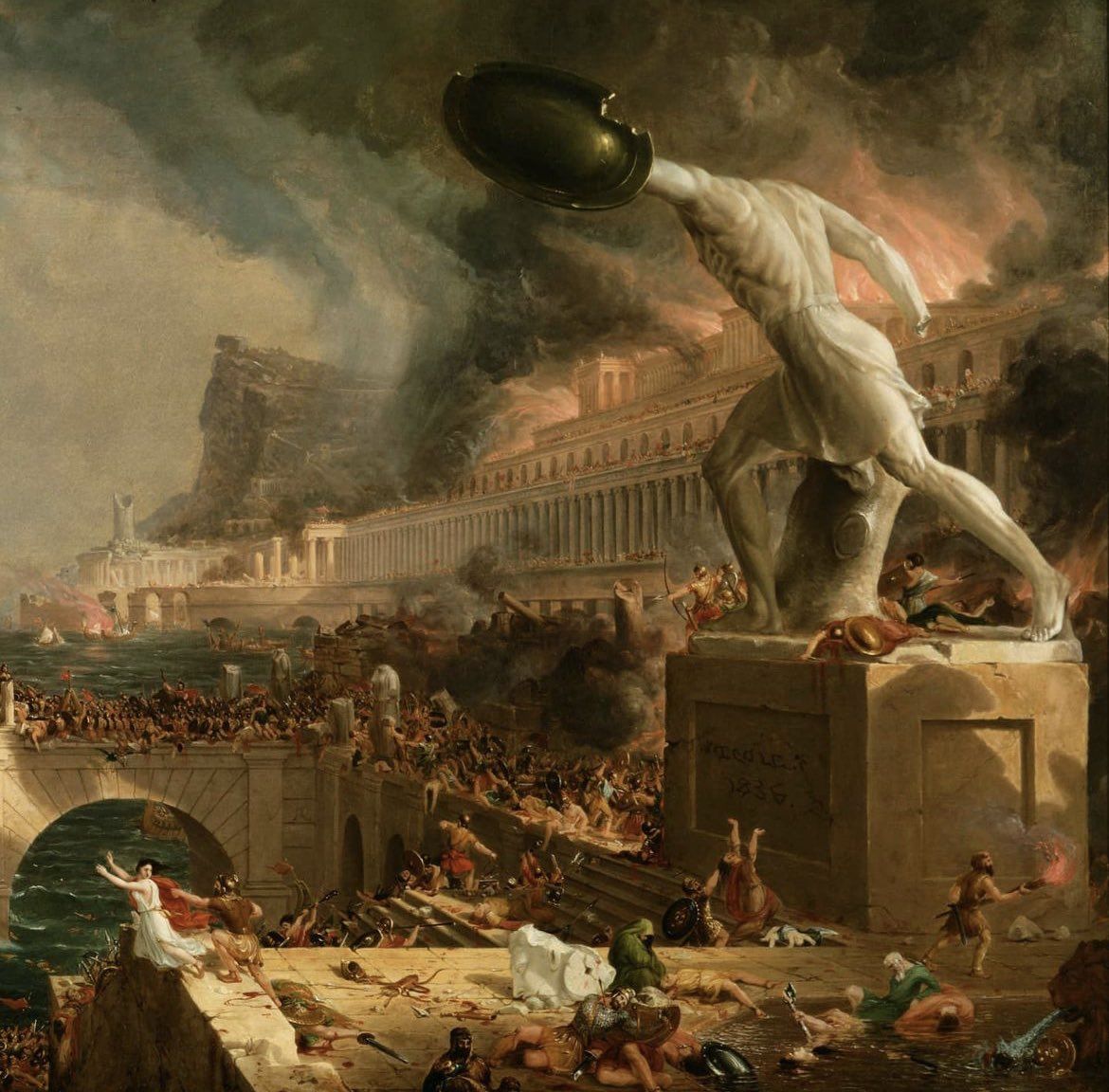
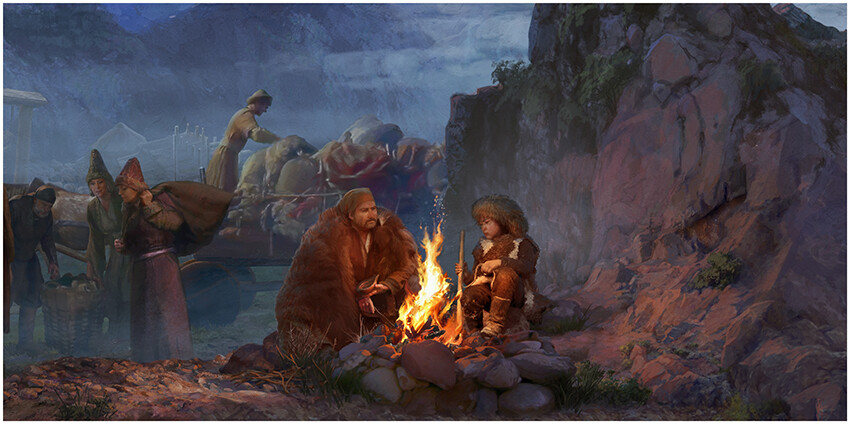
These examples reveal a pattern: societies that failed to control immigration faced collapse or replacement. Rome’s inability to integrate Germanic tribes led to its downfall, while the Aztecs and Indigenous nations of America were overwhelmed by European settlers and disease.
Byzantine provinces succumbed to Arab migrations that reshaped their identity. The Ottomans (among others) forced relocations and used migration as a weapon.
All these cases show that unchecked (or weaponized) migration can erase cultures and destabilize civilizations.

Byzantine provinces succumbed to Arab migrations that reshaped their identity. The Ottomans (among others) forced relocations and used migration as a weapon.
All these cases show that unchecked (or weaponized) migration can erase cultures and destabilize civilizations.
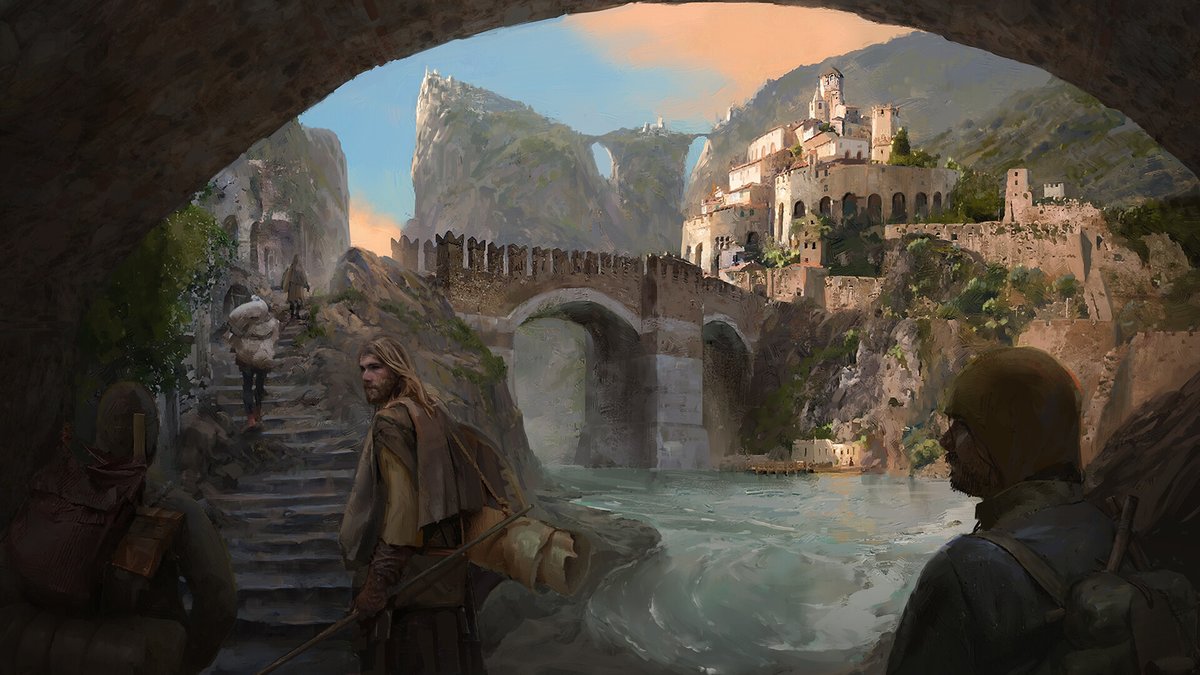
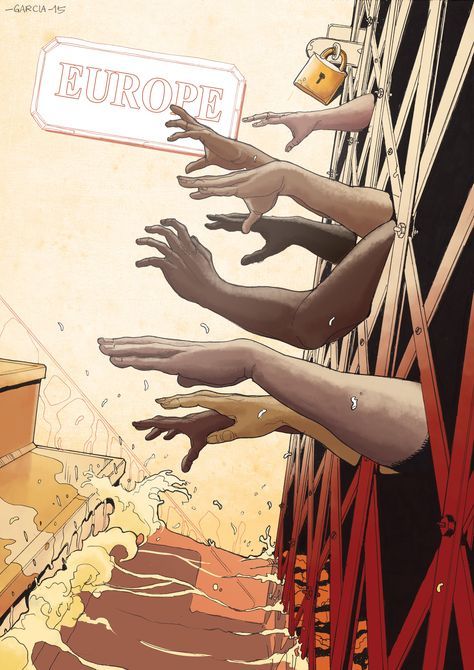
I am not against immigration; as stated above, it has given some societies immense edge, for a while; because if you fail to assimilate the populations you will pay heavy a price long-term.
Cultural and religious compatibility, along with serious legal framework and enforcement, can do miracles for a society that accepts controlled immigration.
Cultural and religious compatibility, along with serious legal framework and enforcement, can do miracles for a society that accepts controlled immigration.

But if you think that what is happening to the West is “accidental”, you are in for a wild ride; the ones who drive this agenda (politicians, law makers, corporations, NGOs) are fully aware of the historic lessons above (and are weaponizing the hordes of invaders).
The willing fools who accept or even accommodate their own replacement are just dead tissue of societies that ooze of moral, cultural and physical decay.
The willing fools who accept or even accommodate their own replacement are just dead tissue of societies that ooze of moral, cultural and physical decay.
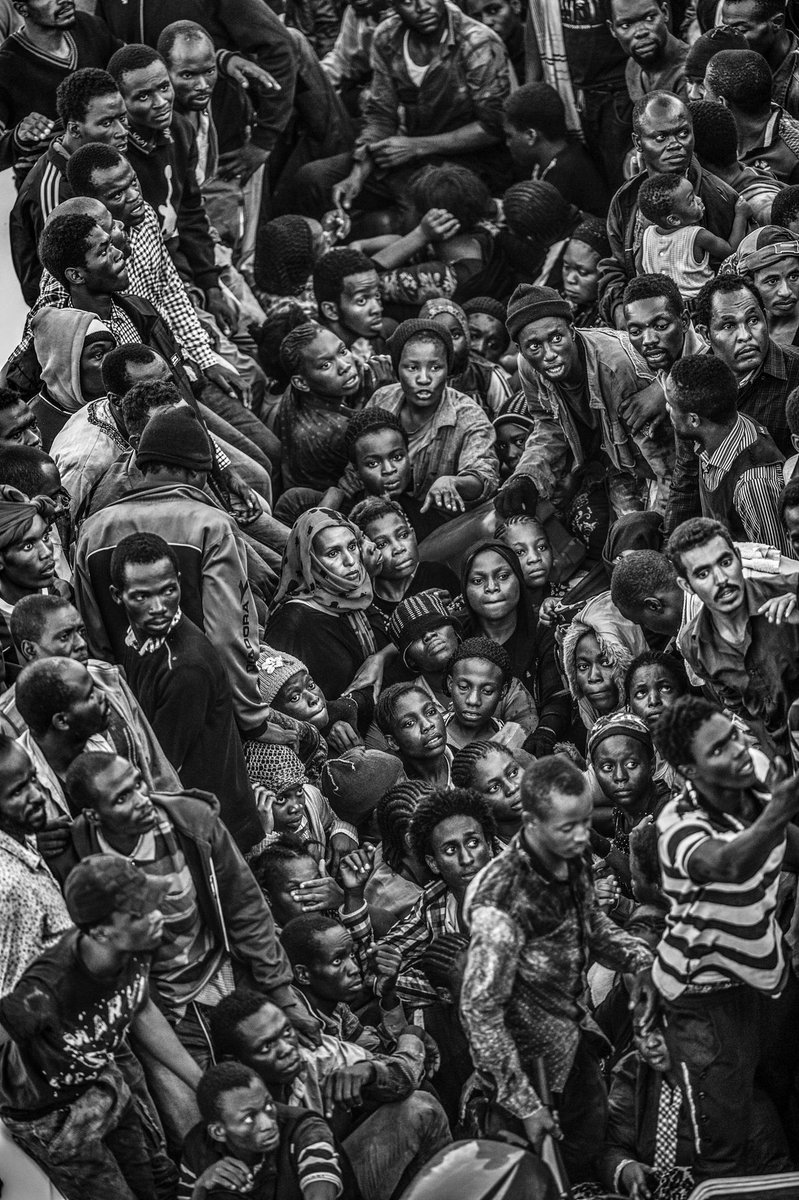
Accepting millions of culturally incompatible invaders in your country is not their right or your responsibility, but a recipe for opening the gates of hell.
At the end of the day, if you accept our own replacement, maybe you deserved it.
What is your decision, men and women of the West?
At the end of the day, if you accept our own replacement, maybe you deserved it.
What is your decision, men and women of the West?
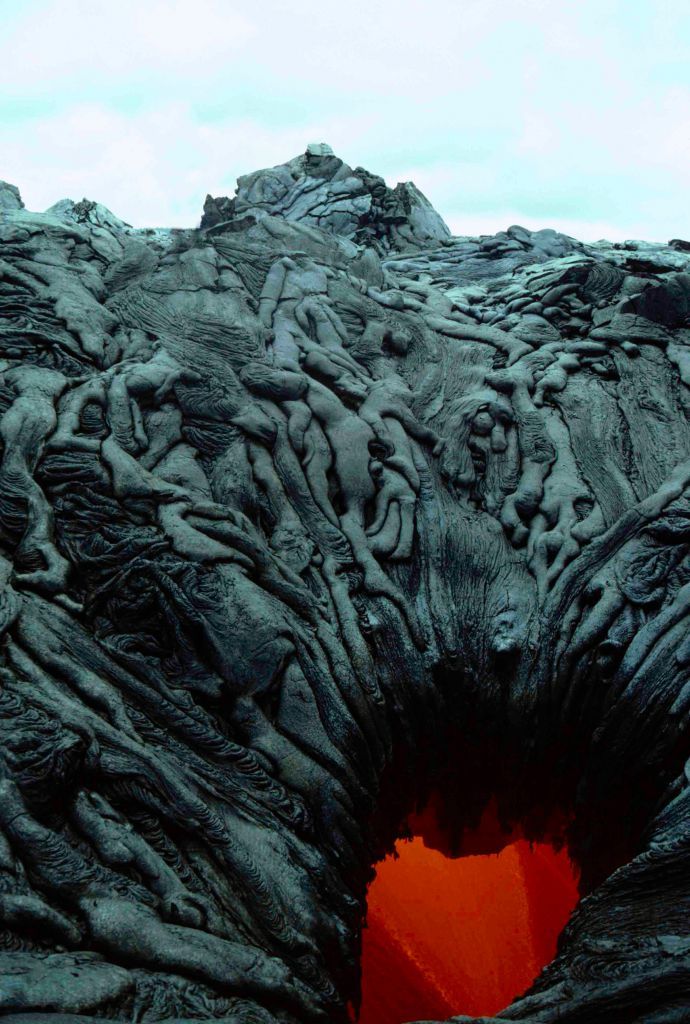
If you found this thread insightful, please spread the word by liking, commenting and reposting.
This was a request by my subscribers who get to choose topics and get more content! Join the club with just a few bucks per month!
This was a request by my subscribers who get to choose topics and get more content! Join the club with just a few bucks per month!
https://twitter.com/thewolvenhour/status/1949527336640270655
• • •
Missing some Tweet in this thread? You can try to
force a refresh


